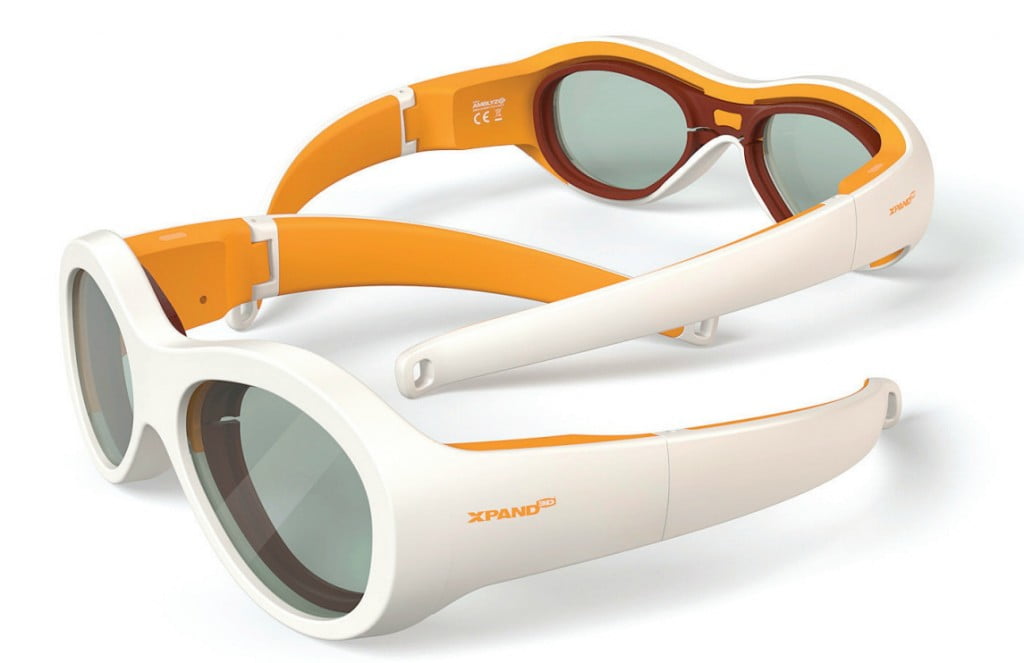For children suffering from amblyopia (“Lazy Eye”) treatment options are limited. They can either wear an eye patch all day or apply stinging atropine drops each morning.
Israeli development Amblyz, manufactured by XPAND, has a solution that is not only more comfortable – it’s also quite cool.
XPAND’s product, the Amblyz eyeglasses, works on the same principle as other methods of treatments: obstructing the stronger eye in order to “force” the weaker eye to develop.
The glasses obstruct the strong eye in automatic, intermittent intervals using an electronic shutter attached to one of the lenses, creating a black lens. The shutter allows the lens to alternate between clarity and its “black” state at a prescribed rate, enabling the weaker eye to develop, and eventually regain its normal vision.
Related articles
About three to five percent of kids are affected by the disorder, which is the most common cause of visual impairment in children. Basically, the condition is a malfunction in the brain, which causes it to prefer one eye over the other, resulting in one strong eye and partial or complete loss of vision in the other.
Treatment without discomfort
Sign up for our free weekly newsletter
Subscribe“Until now, the only available treatments for amblyopia have been placing an eye patch over the child’s good eye (patching), or penalize the good eye with the application of atropine drops. These treatments can take years to complete and many children find it difficult to persist in these long and demanding sessions,” says Maria Costeira, CEO of XPAND.
Both common methods of treatment aren’t ideal. Patching obstructs the good eye entirely, and can also lead to skin irritation. Not to mention the discomfort, both physical and emotional, that comes with wearing a patch. Using atropine drops paralyzes the muscles of the iris, dilating the eye and creating blurred, unfocused vision. The drops also make the eye light-sensitive, making treatment problematic in environments with high sunlight or artificial light concentration.
Since both methods are uncomfortable, many children forego treatment. If untreated, amblyopia can result in loss of depth perception, the development of other visual defects in the weaker eye, and even potential loss of complete vision in the eye.
Amblyz glasses are non-prescription. They are shaped like any other eyeglasses, with prescription lenses available if needed. Although they are designed for children aged three to 10, XPAND also offers a second frame that is 25 percent larger than the first for children aged seven and up.
Related posts

Israeli Medical Technologies That Could Change The World

Harnessing Our Own Bodies For Side Effect-Free Weight Loss

Missing Protein Could Unlock Treatment For Aggressive Lung Cancer





Facebook comments